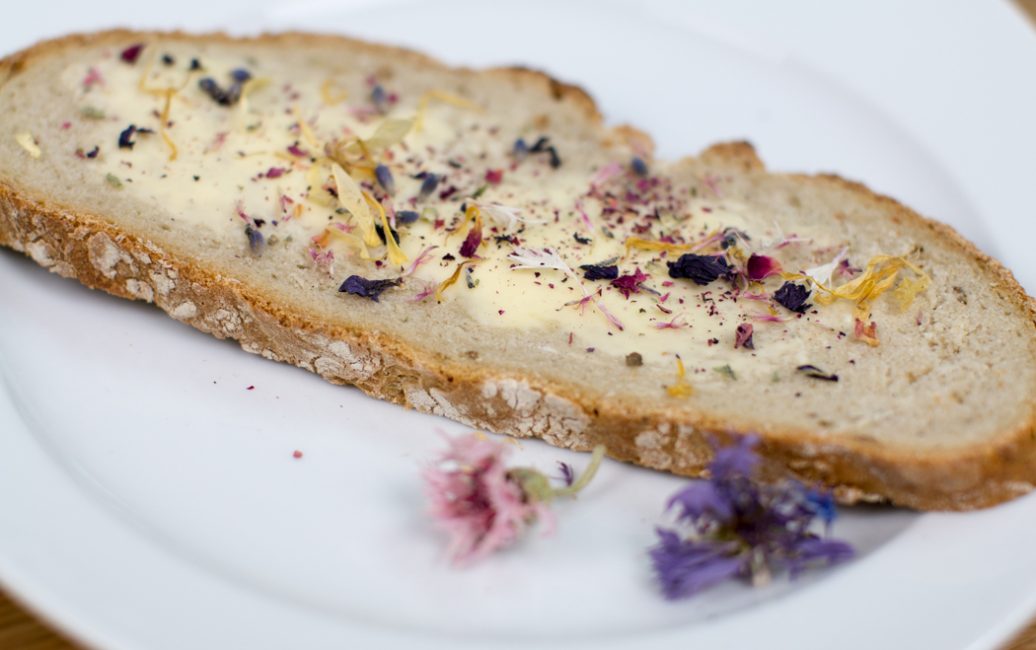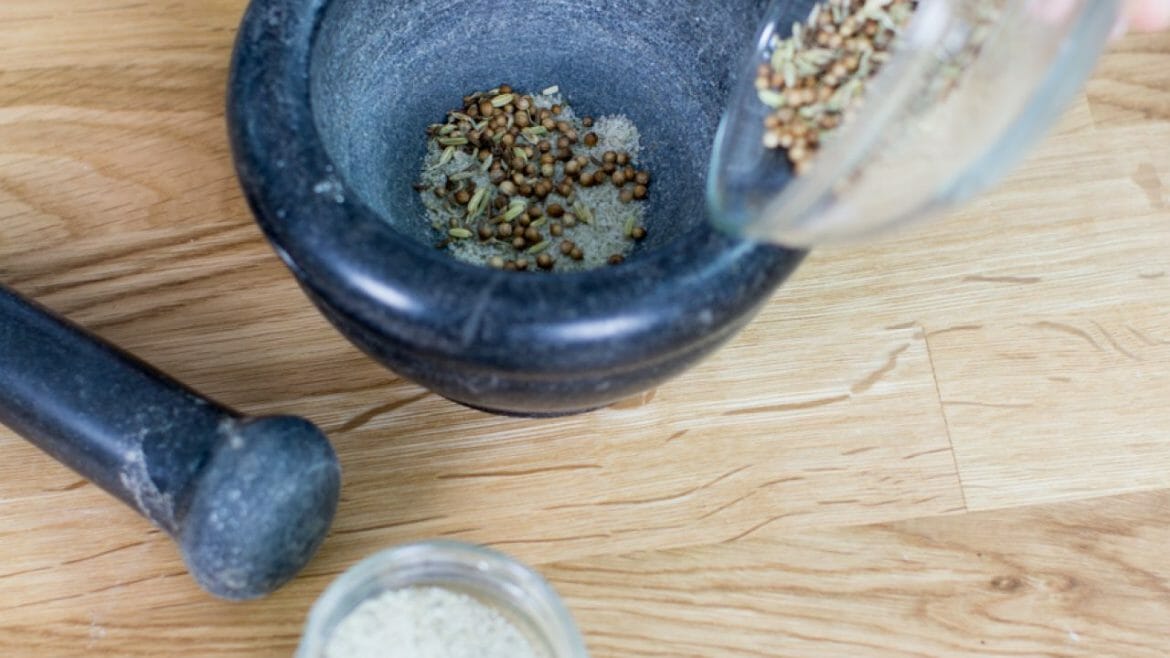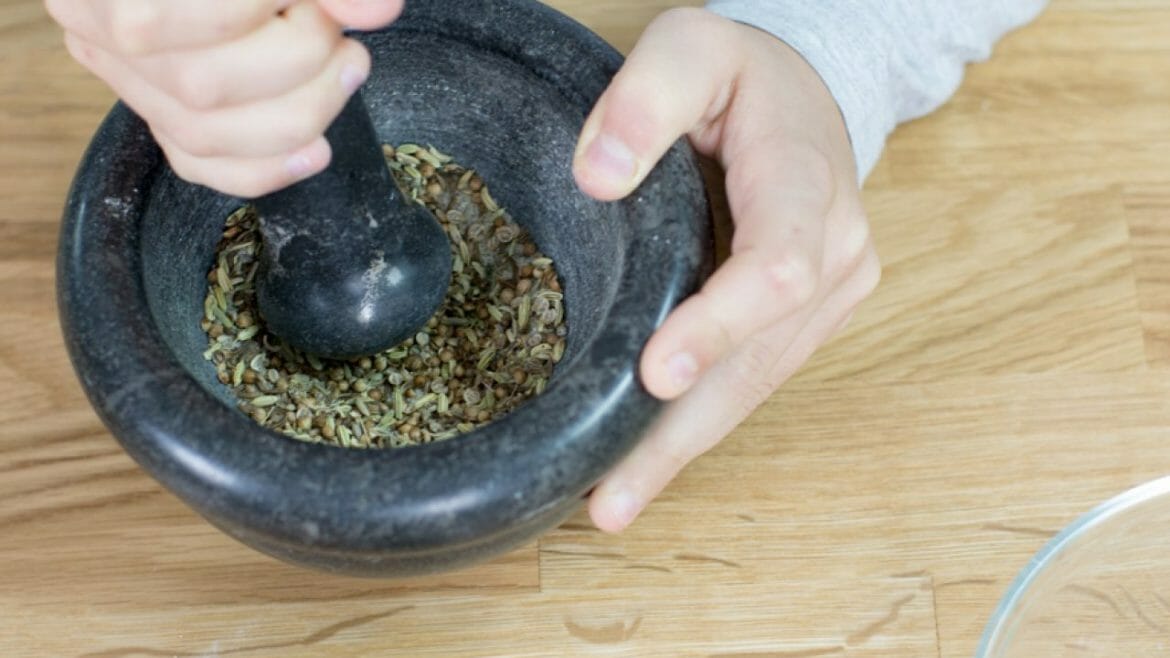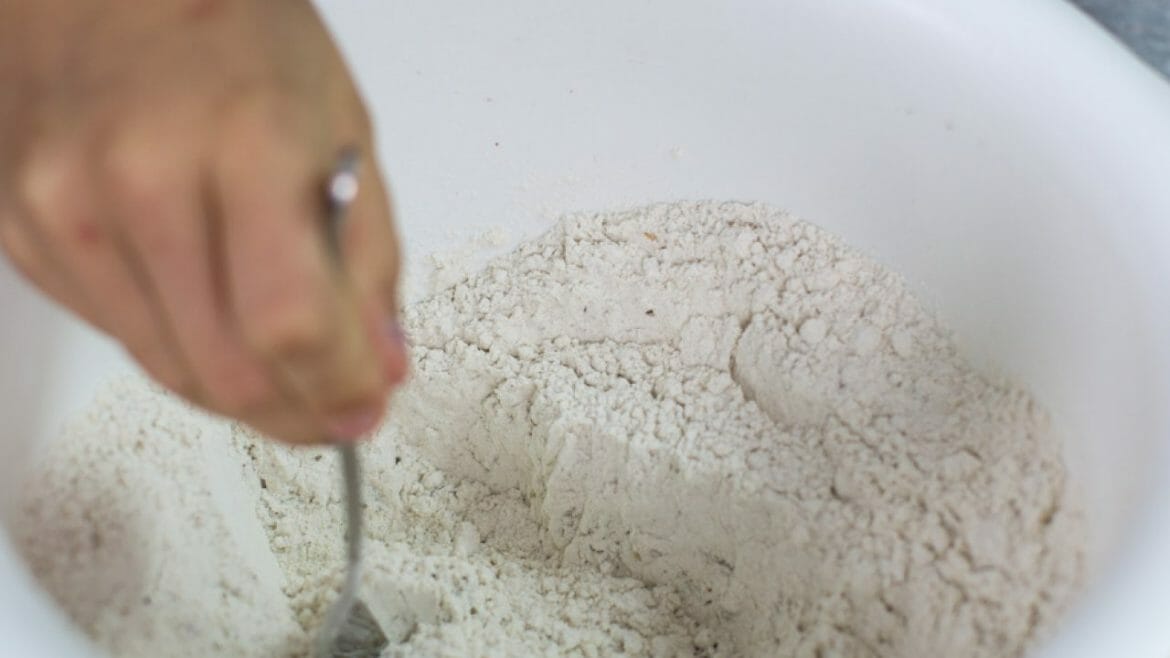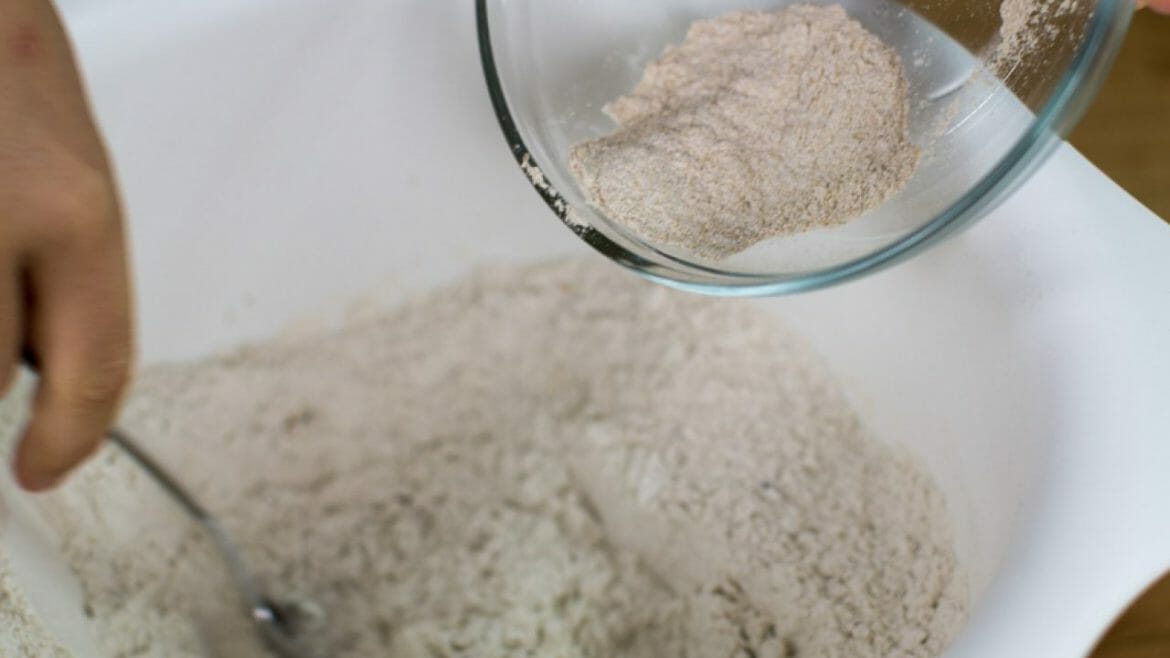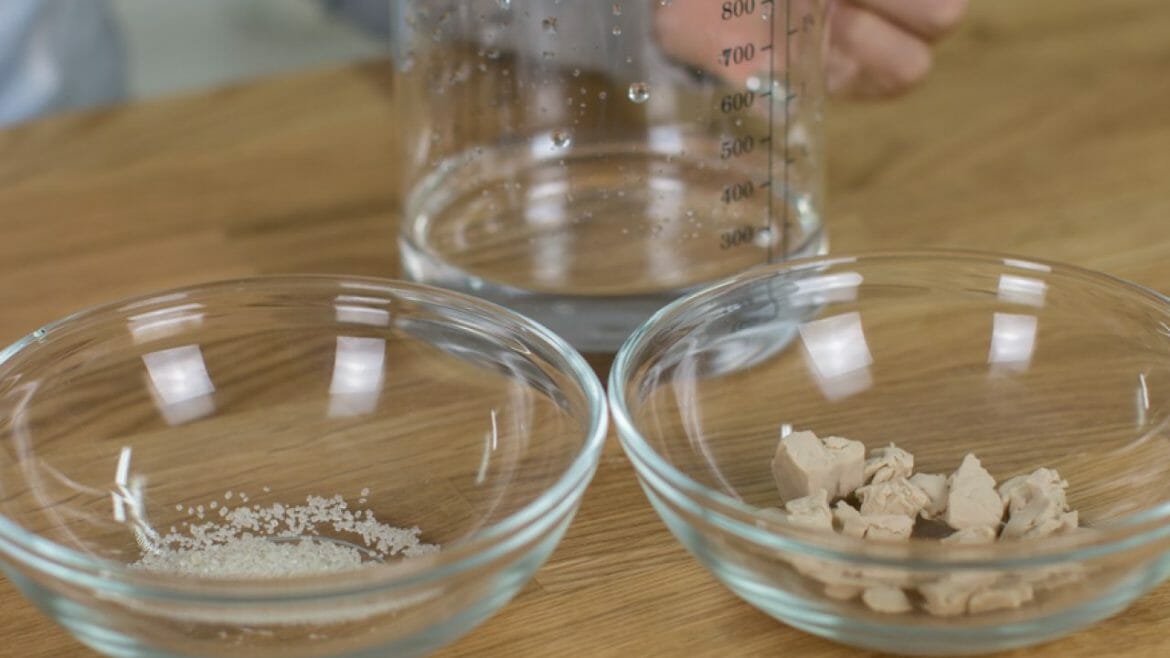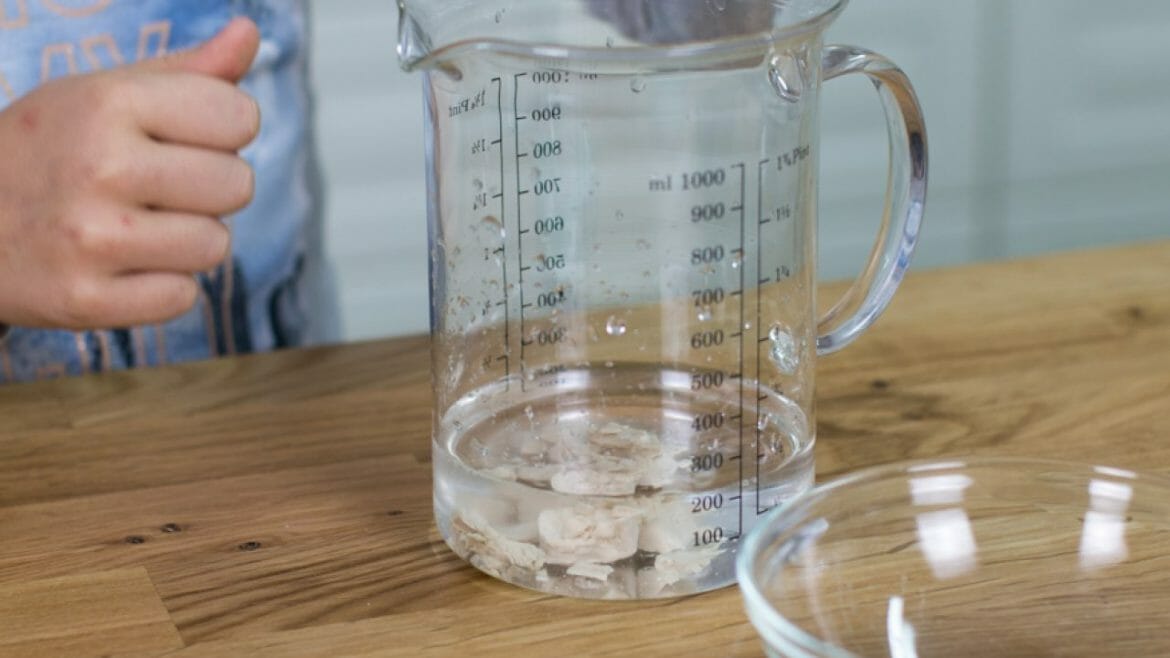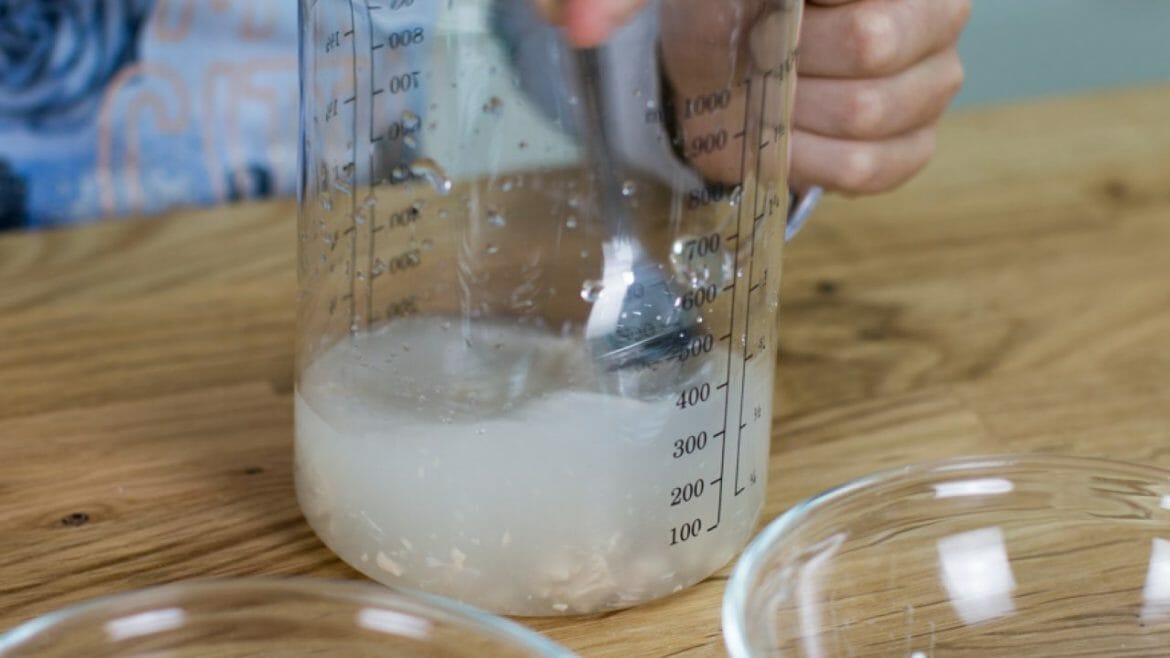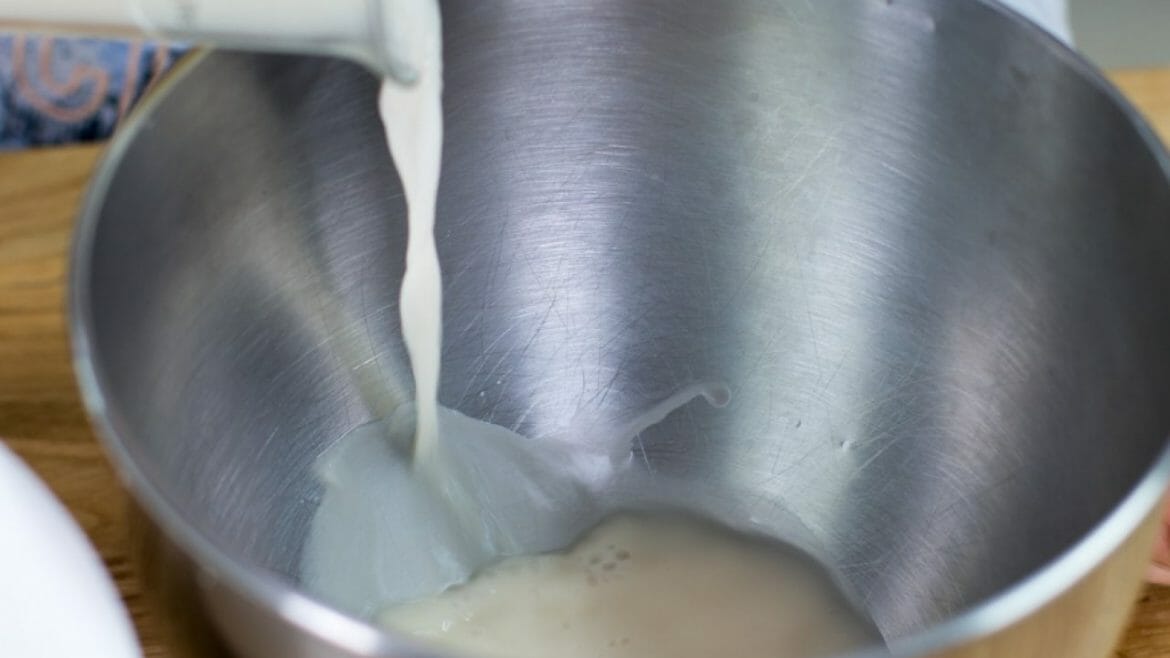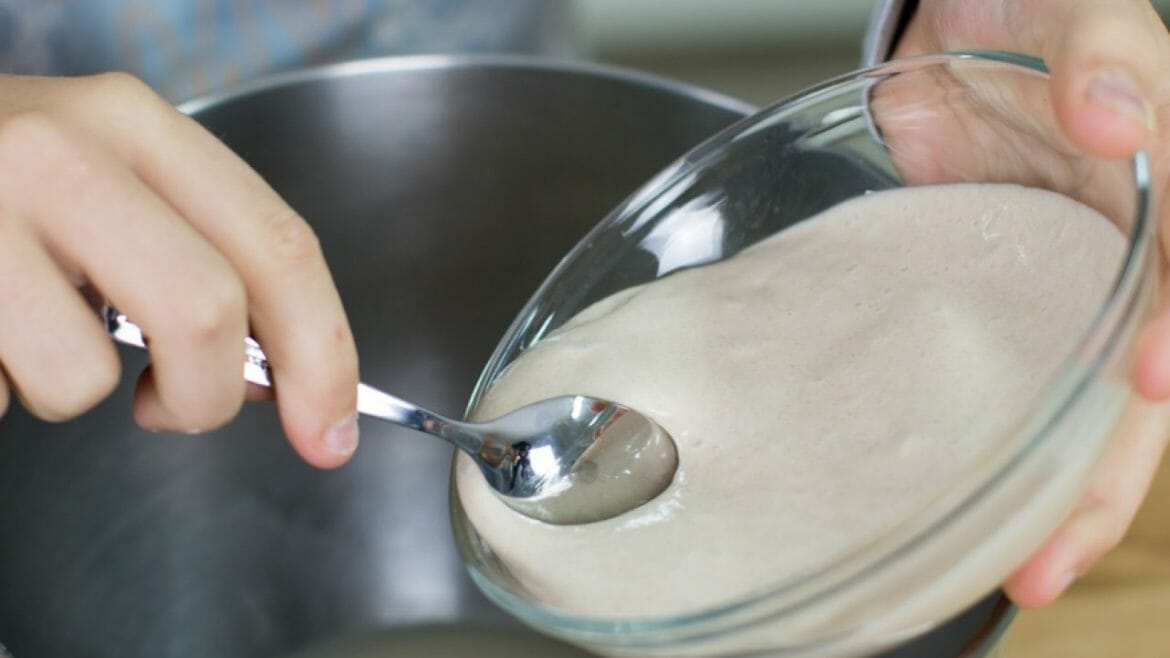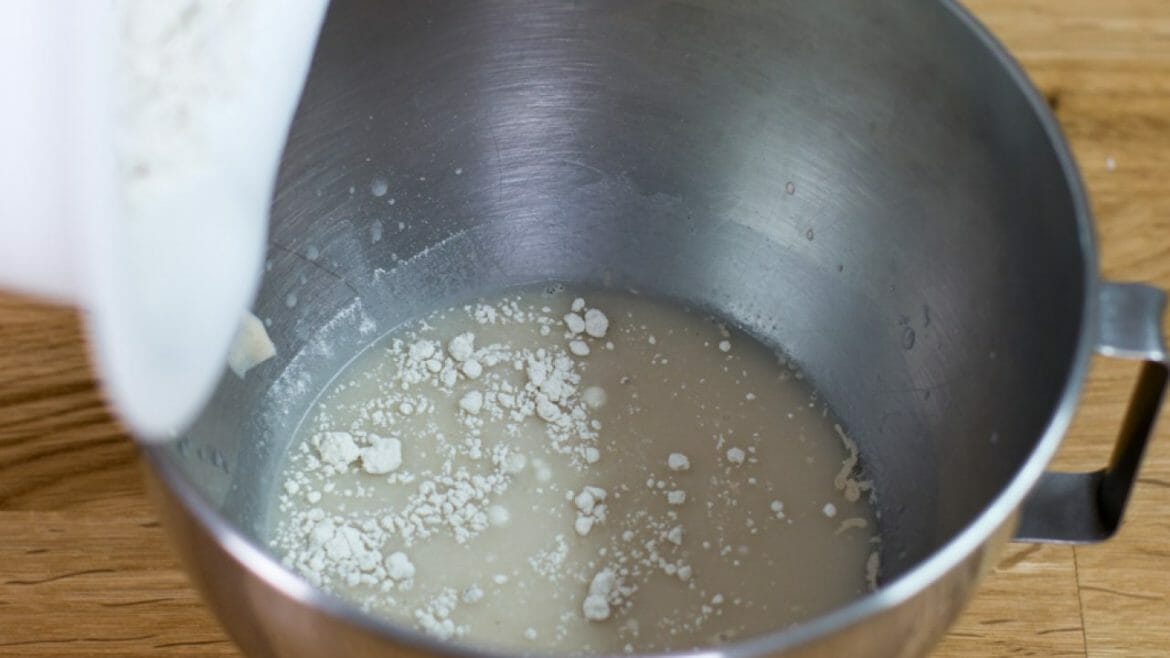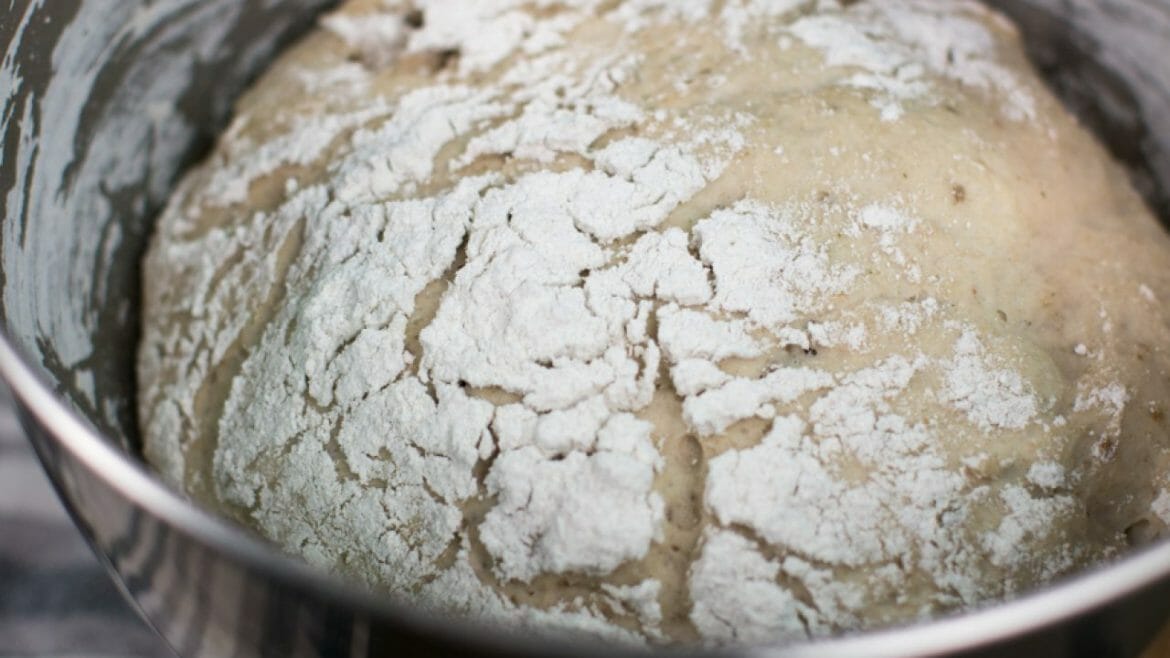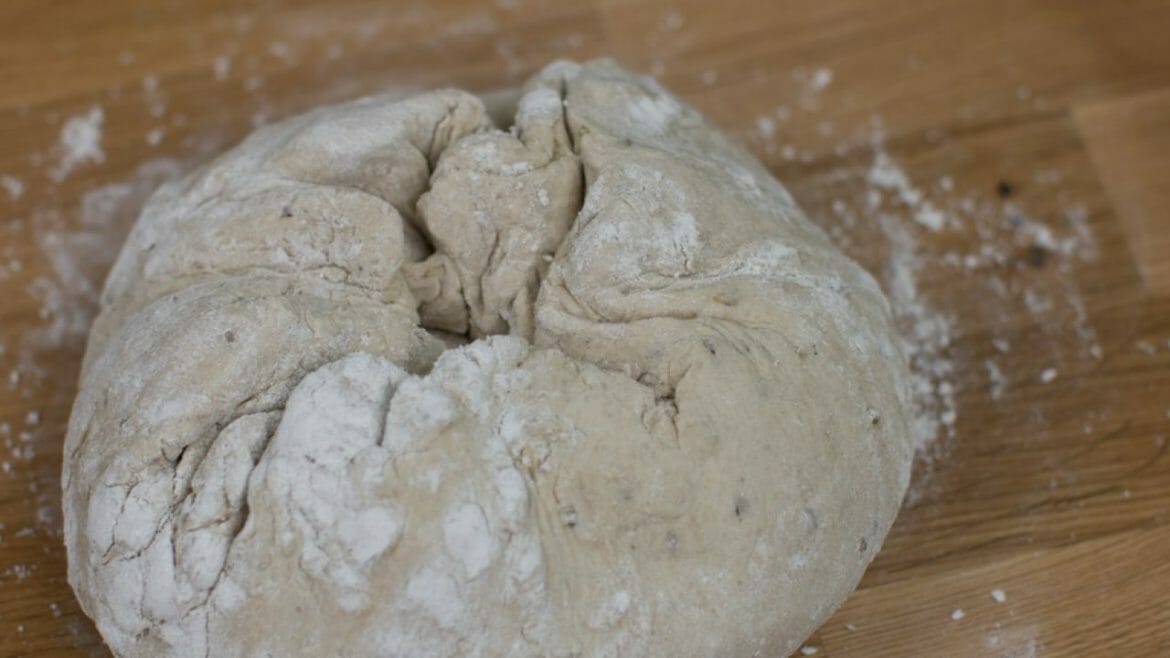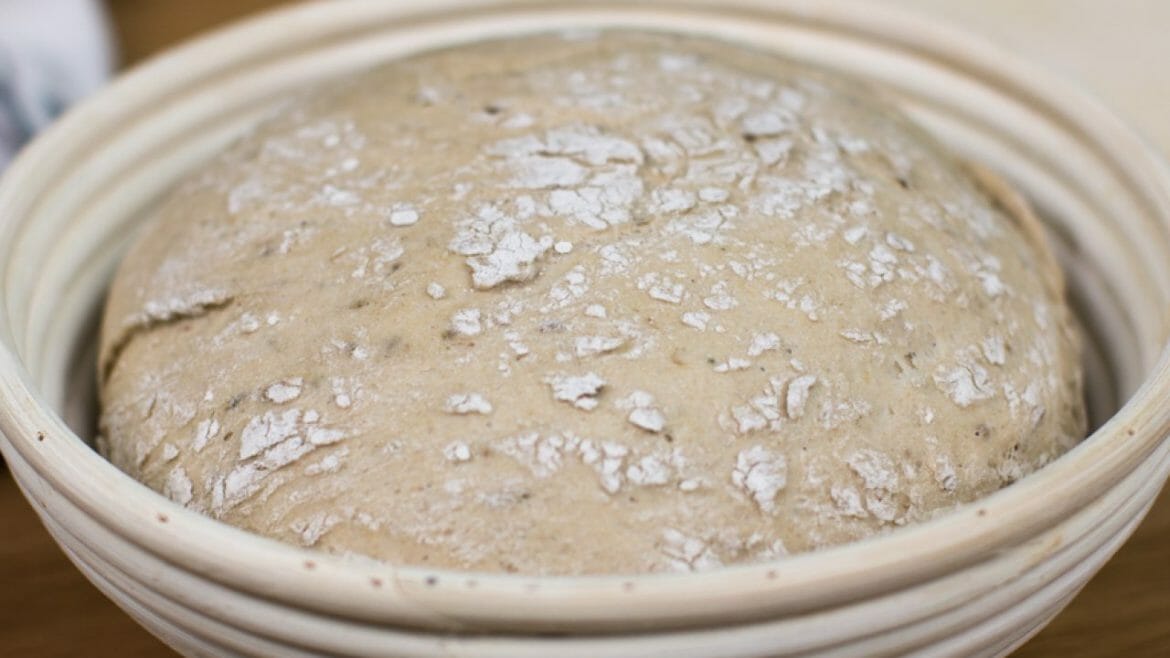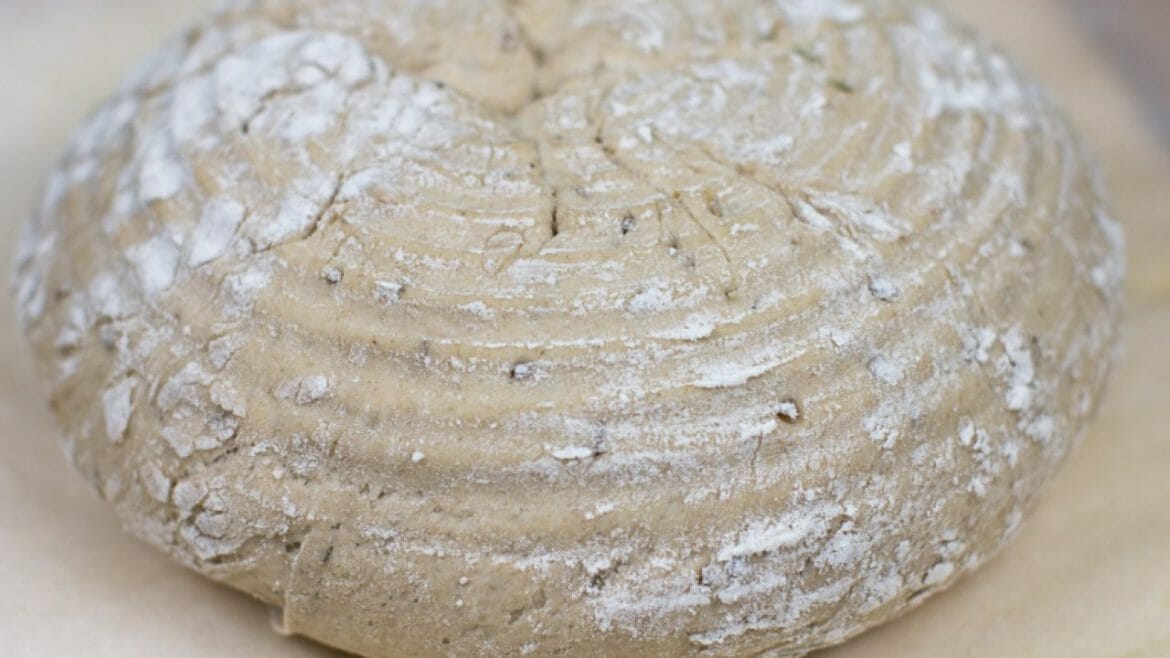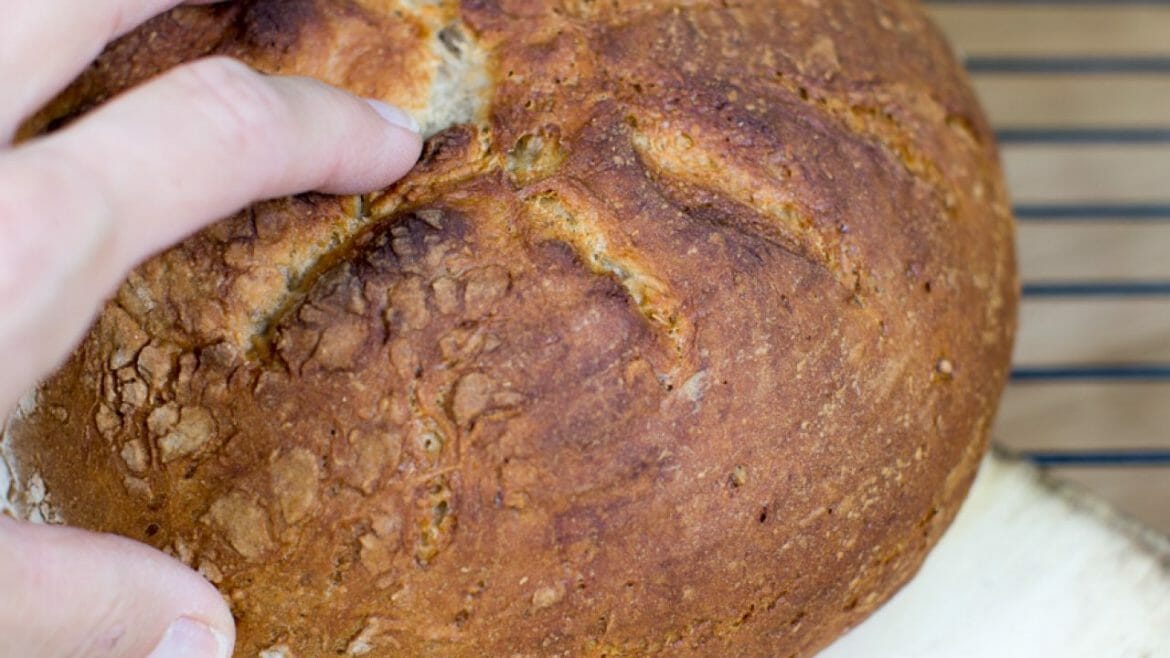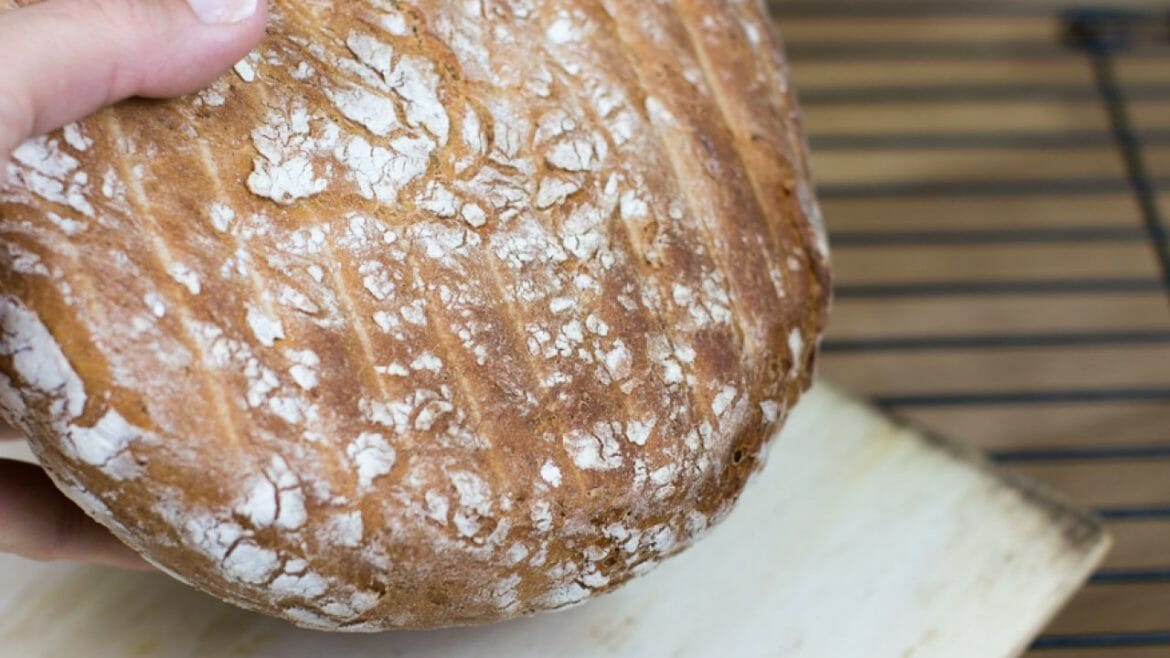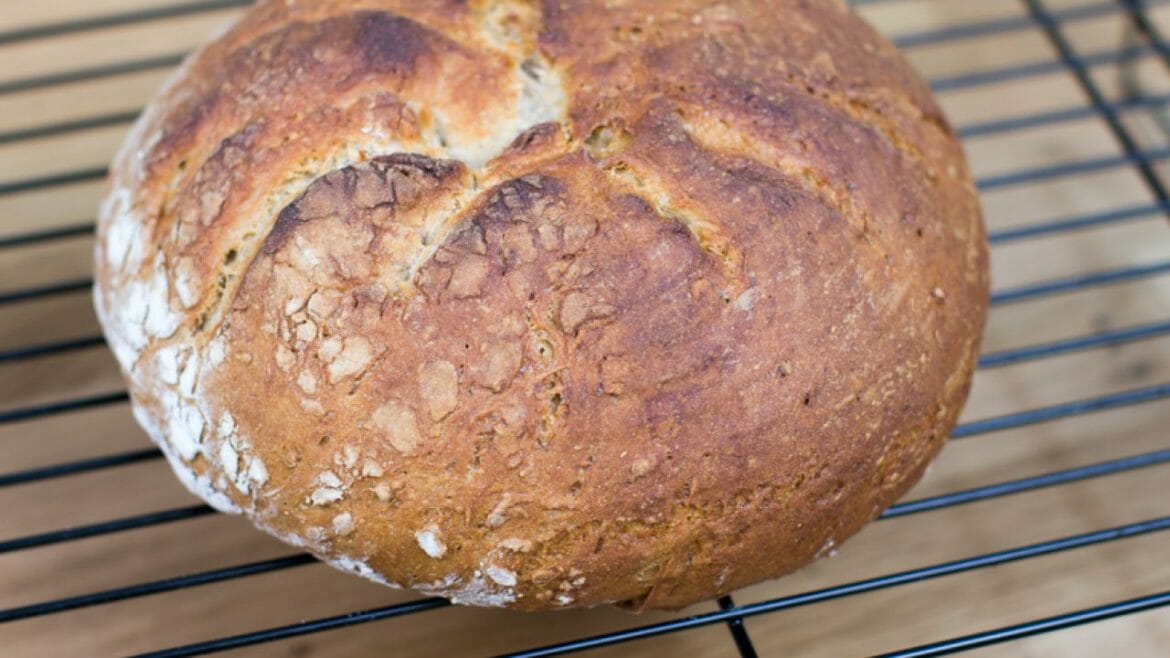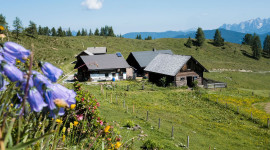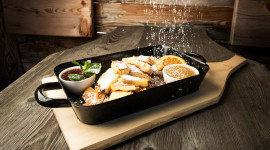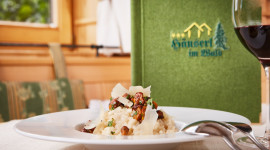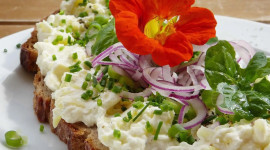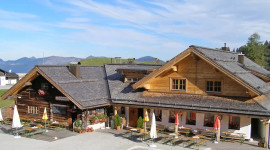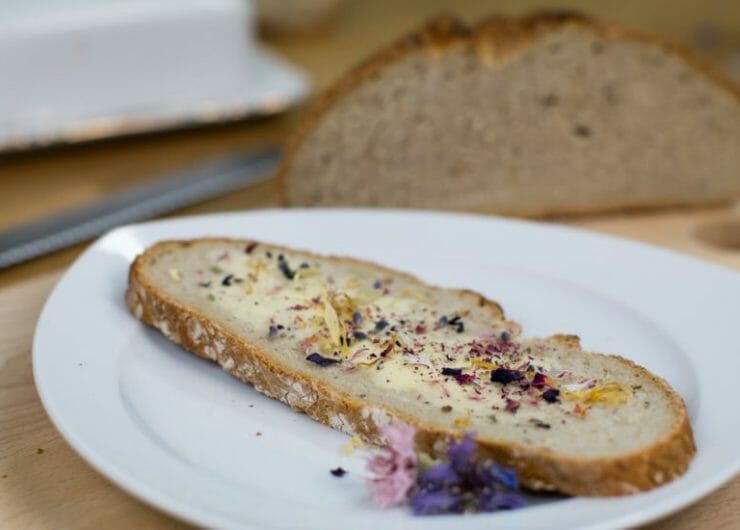
Our editor Anke Eder bakes bread for her family and knows what matters. On her blog “Natürlich Hausgemacht” (natually homemade), as well as in bread baking courses, she shares her experience and her knowledge. For us here, Anke Eder has baked and photographed her family’s favourite bread and reveals her tips & tricks about Sourdough, bread spices and lots more about baking bread.
The most important ingredients
Spices such as Anise, Fennel, Cumin and Coriander are the classic bread spices used in SalzburgerLand. They ensure a good aroma and the digestibility of the bread. And nothing works without salt, at least not in bread! You can use many different salts, such as flavoured herb salt, rock salt or sea salt. Baking malt is often used as it positively influences the rising ability of the flour and thus develops a beautiful colour (browning) and a good aroma. Baking malt can be made from barley, rye or wheat. The grains are germinated, dried and powdered for this purpose. When baking your own bread, it is important to pay attention to the quality of the flour. In Salzburg, for example, there are numerous direct marketers and farmers’ shops where you can buy high-quality grain flour. Salzburg’s restaurateurs also rely on quality from the Salzburg region, such as the well-known Lungau Tauern Rye. Last but not least, Sourdough is an important ingredient in Salzburg Farmer’s Bread!
 Sourdough is a living organism and gives bread a lovely aroma.
Sourdough is a living organism and gives bread a lovely aroma.
Why Sourdough?
On the one hand, Sourdough ensures that the bread develops well and, as they say, “rises beautifully” and does not collapse into itself. On the other hand, Sourdough makes the bread digestible and causes the Phytic Acid contained in the rye to be broken down. This would prevent the nutrients from the grain from being absorbed by the body. Yeast in combination with Sourdough speeds up the process. After about half an hour resting, the bread dough can be put into the oven. If you only used Sourdough without yeast, the resting time would be about 12 hours. Another advantage is that bread with Sourdough does not go mouldy so quickly, does not dry out so quickly and lasts longer overrall!
What is Sourdough?
Sourdough consists of living micro-organisms – bacteria and yeast fungi, and is one of the fermented foods. These are caused by lactic acid fermentation and have always played an important role in nutrition. Sauerkraut and yoghurt, for example, belong to this as well. In the past, Sauerkraut was the supplier of Vitamin C for the cold winter season to strengthen the immune system and stay healthy. The bacteria in the Sourdough produce the important acid that is needed for this Farmer’s Bread with Rye – for the aroma, the ability to rise, the fine poresness of the bread and the shelf life. By the way – In Salzburg’s traditional bakeries, Sourdough is guarded like a treasure! The older and more active the Sourdough is, the more valuable it is for the production of bread. At home, you can simply make Sourdough yourself. It is important to create a warm climate for it so that it is active and can later fulfil its task in the bread dough.
How to make Sourdough
To make Sourdough, you use a clean glass bowl, a fresh tea towel, water and flour. It takes four days to make Sourdough for the first time. Afterwards, the remaining material is kept and “fed” again with water and flour.
Day 1: Mix 100 g of Rye flour with 100 ml of luke-warm water into a supple mass using a fork. This mixture is then rested at normal room temperature (Attention: not too warm!) and covered with a tea towel.
Day 2: Add 100 g of flour and 100 ml of luke-warm water to the mixture, mix the mixture from Day 1 with the new ingredients and let the whole thing rest again covered with the tea towel.
Day 3: On the third day, the procedure is repeated – add 100 g of flour + 100 ml of luke-warm water, mix and allow to rest.
Day 4: Today you can bake with the Sourdough for the first time! 600 g Sourdough are now in the glass bowl. Now, you have the possibility to bake everything, but then next time you have to start again from the beginning with the Sourdough, or you take off about 50 g of the Sourdough and keep it for later. This rest is kept in a glass bowl with a lid in the fridge. The day before using it for baking, the remaining Sourdough mixture is mixed with flour and water (e.g. 100 g flour + 100 ml of water or 200 g flour + 200 g water) and allowed to rest overnight. The next day the Sourdough is active again and can then be used.
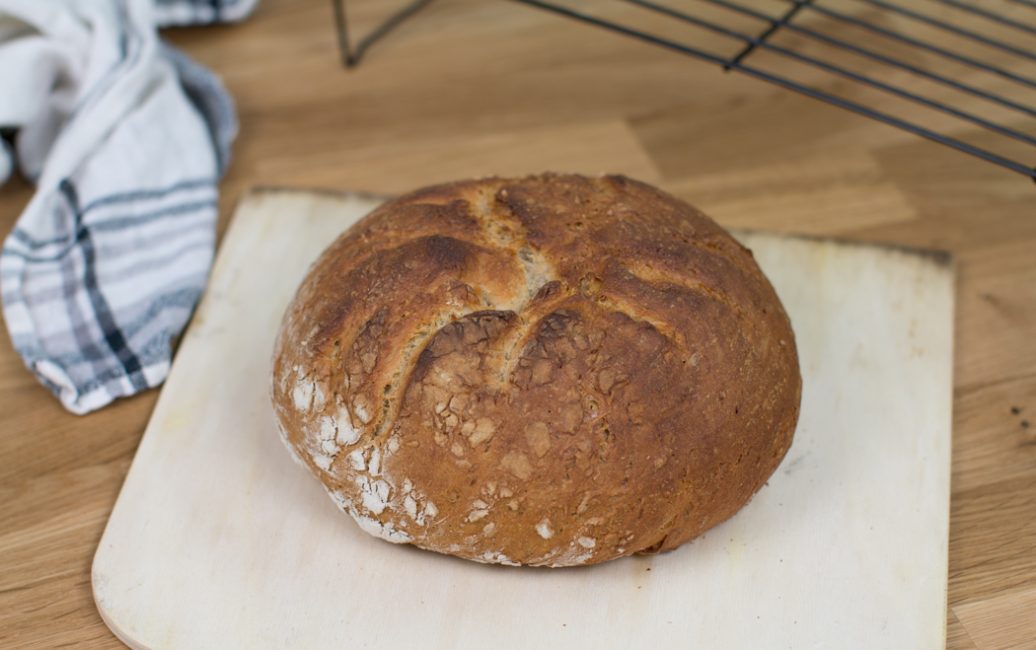
Recipe: Salzburg Farmer’s Bread with Sourdough
Ingredients:
- Approx. 250 ml luke-warm water
- 150 g natural Sourdough from Rye
- 1/2 cube of organic yeast (fresh), approx. 20 g
- Pinch of sugar
- 1 tbsp salt
- 1 tbsp bread seasoning (Anise, Fennel, Cumin, Coriander)
- 250 g wheat flour (Type 700)
- 200 g Rye flour (Type 960)
- 10 g baking malt
The bread spice is finely crushed in a mill or using a stone mortar and pestle. It is of course always bought whole! The grains are broken up freshly, so that the aromas can be released and thus ensure the digestibility of the bread dough. Tip: You can also mix the bread spice down with the salt straight away!
In a mixing bowl, mix the bread seasoning with the salt, flour and the baking malt using a spoon. This ensures that the spices and salt are evenly distributed in the flour.
Next, measure the luke-warm water into a glass and add the yeast and a small pinch of sugar. The yeast is mixed into the liquid using a fork. The yeast needs sugar so that the yeast bacteria are active and “fed”.
In a mixing bowl, add the liquid ingredients (the yeast liquid) and then the Sourdough.
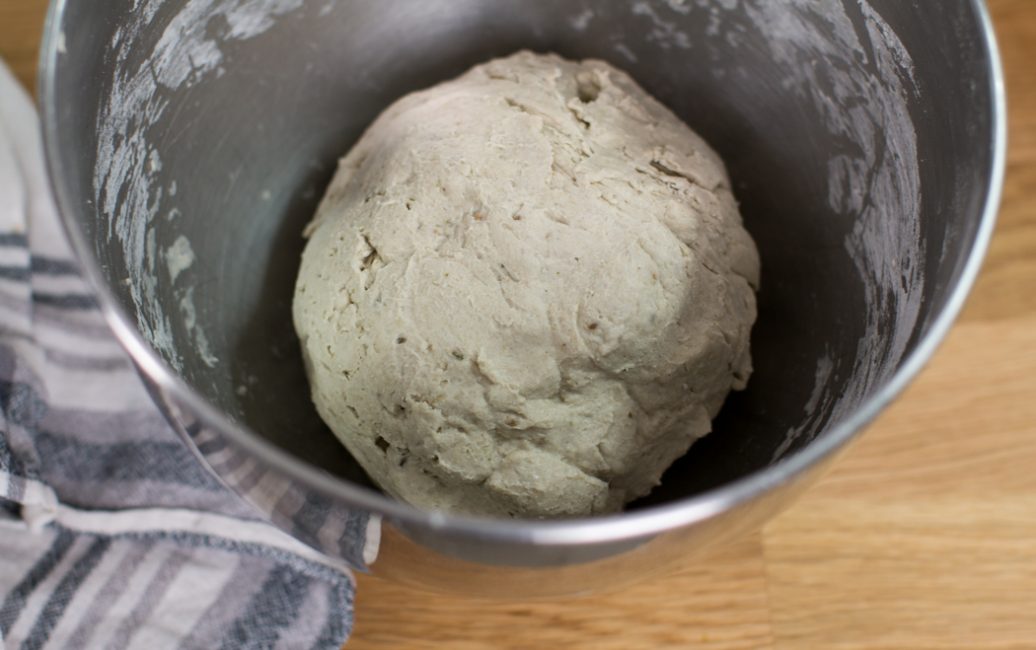
Dust the finished dough lightly with a little flour and cover the bowl with a tea towel. The dough must now rest in order for it to develop. It takes about half an hour to rest if you use 20 g of yeast. If you want to give the dough more time to develop, you add less yeast (for example, 5 g – 10 g of yeast instead of 20 g and the resting time will be 2 – 3 hours). The dough does not need to be warmed additionally; normal room temperature is sufficient.
After the resting time, the dough has developed wonderfully and you can already smell the sour aromas.
Now, take it it out of the mixing bowl and form it into a round shape. Working always from the edge, take the dough and kneed it with the palms of your hands into the centre.
With the seal facing down, place the dough in a bread bowl, which was previously sprinkled with flour. Cover again with a tea towel and leave to rest until the dough has risen properly.
While the dough is resting, preheat the oven with top & bottom heat to 250° C. This is important so that the bread dough can be placed into the hot oven. The baking tray (or the grate) is heated up also!
After the resting time, take the bread dough from the bread bowl and place straight onto the hot baking tray which is covered with baking paper. Spray with a water bottle and slide into the preheated oven. This creates a vapour or steam which ensures a moist, soft surface of the bread so it can develop and rise well. After about 10 minutes, open the oven door briefly so that the remaining steam can escape and reduce the heat to 200° C. Bake the bread now for about 30 minutes. The duration may vary depending on the oven. “Knocking” the bread serves as an indication of whether it is ready or not. To do this, turn the bread over and knock on it from below. If it sounds hollow, the bread is baked.
Now, place the finished bread onto a cooling rack so that it can cool down in peace and no residual moisture remains. The smell of fresh delicious bread is in the air, but you should be patient now and not cut the loaf of bread just yet! Only when the bread is completely cooled can you taste it.
A tip for storage – Sourdough bread is longer-lasting than pure yeast dough bread due to the Sourdough. You can store the bread in clay pots, wooden boxes or simply in a linen cloth. Plastic boxes are not suitable for this, as the bread begins to sweat and spoils.